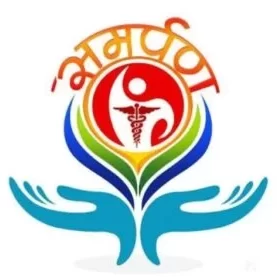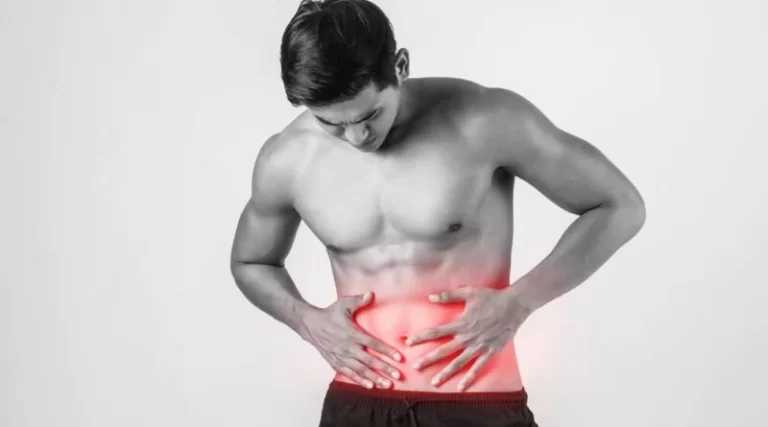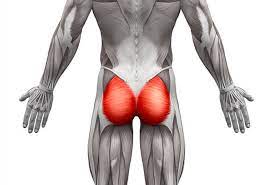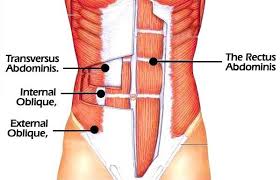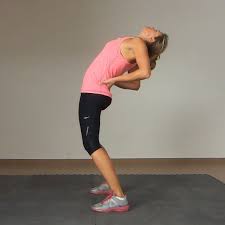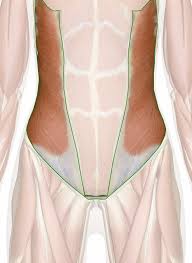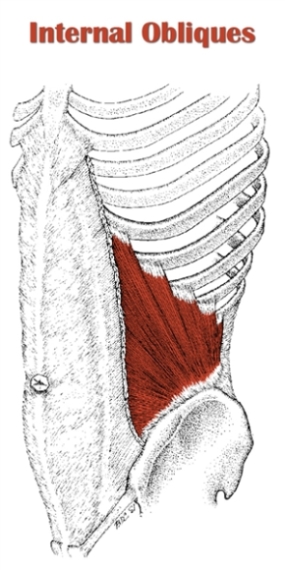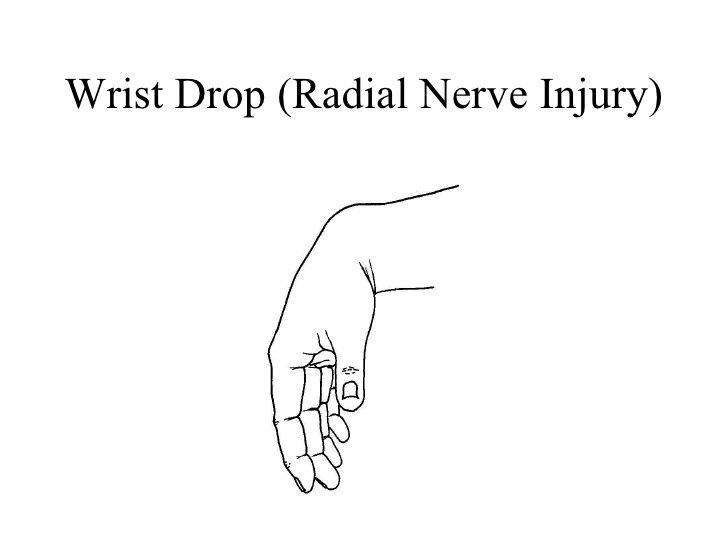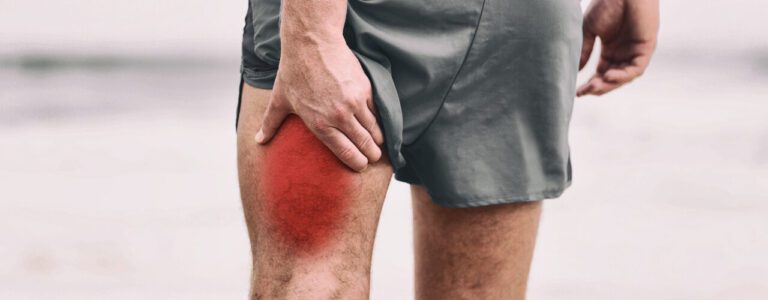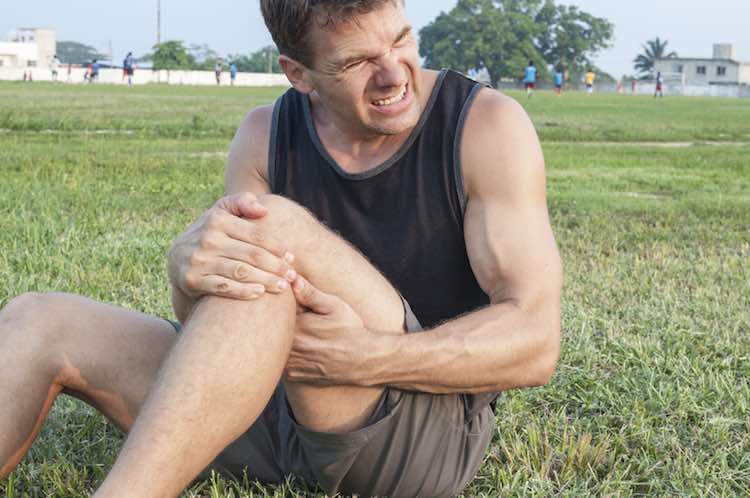Abdominal muscle strain
What is abdominal muscles strain? What are the abdominal muscles? There are five main muscles in the abdomen: Where are the abdominal muscles located ? There are five main muscles in the abdomen. Two are vertical (up & down) muscles located toward the middle of the body. Three are flat muscles stacked on top of…
